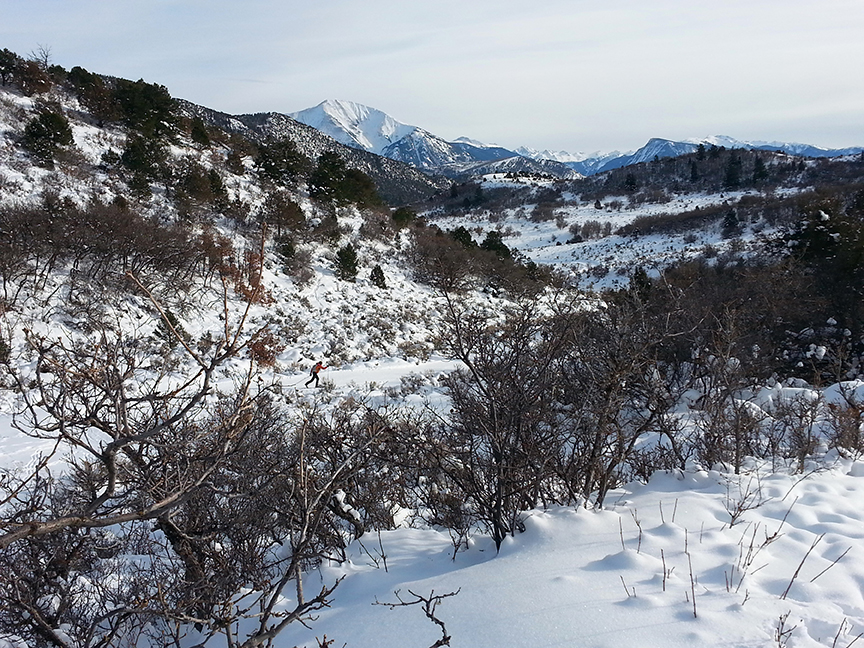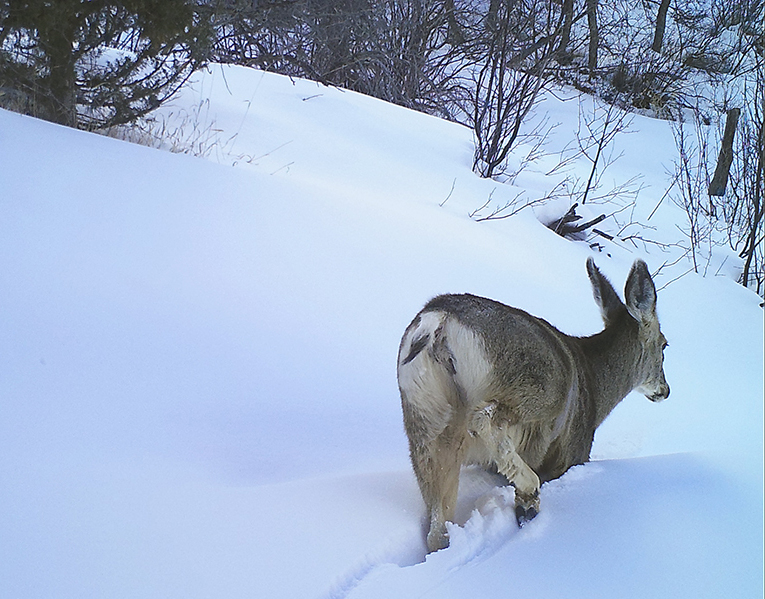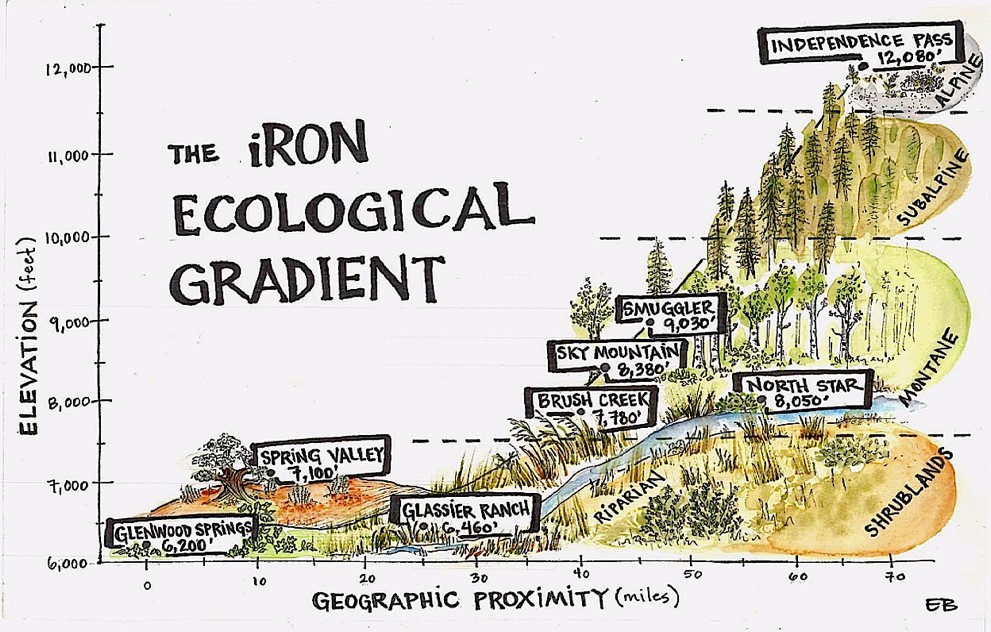Learn More
Protecting private lands through conservation easements

The majority of land acreage protected by Pitkin County Open Space and Trails funding is held privately as conservation easements. A conservation easement is a legal agreement between a landowner and qualified organization in which perpetual restrictions are placed on a property to protect identified conservation values and limit development. Simply put, a conservation easement allows a private property owner to protect their property from unwanted activities forever.
Pitkin County was granted its first easement in 1983, seven years before the creation of the Open Space and Trails (OST) program. After the creation of OST, the County had funding to purchase conservation easements; to date it has spent over $32 million working with landowners in Pitkin County to create conservation easements that protect agricultural, wildlife, scenic, historic and recreation values. Pitkin County holds 62 conservation easements that are managed by OST.
Seasonal closures – when, where and why?

Roughly half of Pitkin County’s open space lands are closed seasonally or, in a few cases, entirely, for the protection of wildlife.
Wintertime closures typically start in December, when snows begin to accumulate and temperatures drop. While black bears hibernate, other large mammals must forage and move about through deepening snow, taxing their energy reserves during the harshest months of the year. In addition, the females are often pregnant with young that will be born in the spring or early summer, adding to the challenge of finding enough to eat as shrubs and grasses disappear beneath the snow. The absence of humans means elk, deer, bighorn sheep and other species don’t have to expend energy unnecessarily in reaction to human presence.
Welcoming in the new (water) year from the ground on down

A schematic of the elevations and ecosystem types for the iRON stations. Two stations are located at North Star Nature Preserve, which is why there are only 8 elevation points for the 9 total stations. Image Credit: Ellie Barber.
As the leaves changed last month, the colors welcomed in a new year — a new water year. In order to include even early season snowpack in hydrological planning, a water year differs from a calendar year by running from October through September instead of from January to December. This allows water that fell snow as snow in early winter to be included in the same year as the spring streamflows it drives. Having a water year that begins in October makes sense from a soil perspective as well: this fall’s soil moisture plays an important role in next year’s water supply.
The amount of water held in the soil is called soil moisture, and it is vital in shaping local ecology and fire risk, as well as in determining how much water we receive as runoff during a (more…)
